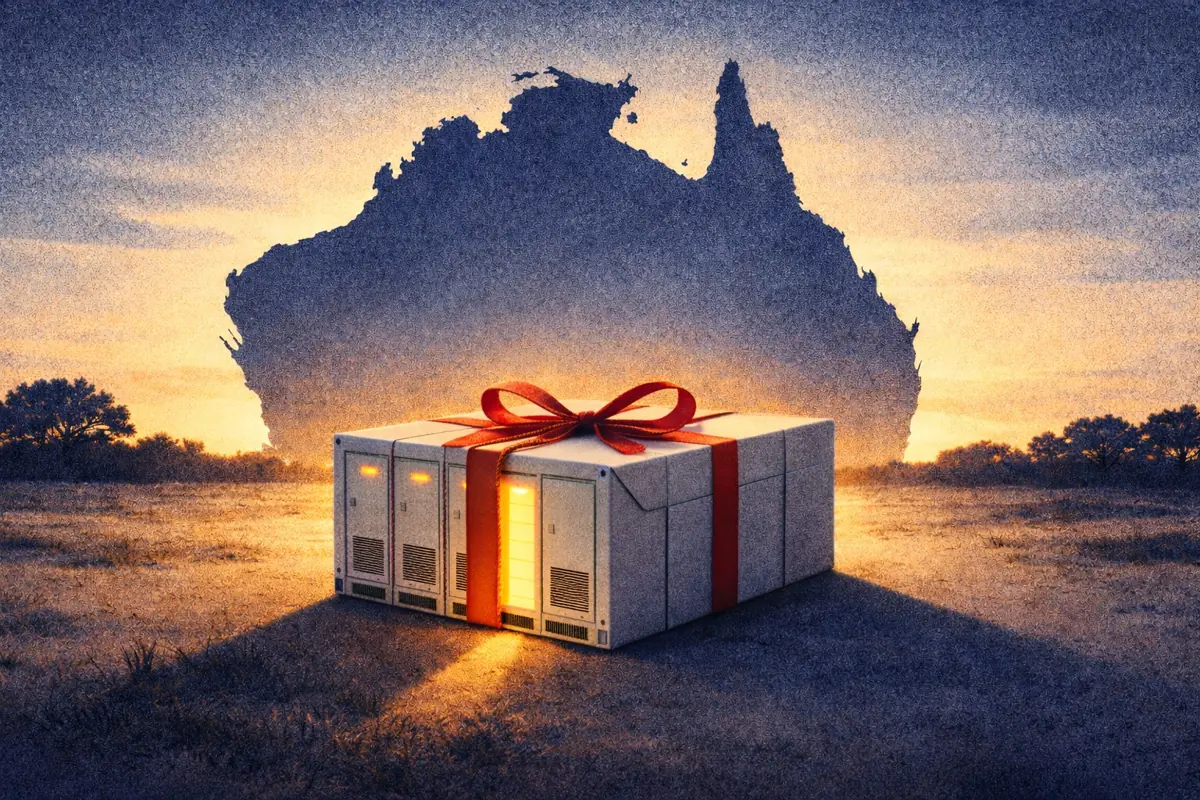Generation TNUoS: How does it work?
Generation Transmission Network Use of System (TNUoS) tariffs can be a significant location-specific part of the battery revenue stack. These tariffs result in charges for batteries located further away from demand, but payments for batteries located closer to demand. But how are these tariffs calculated, and which locations will have the highest rates in the future?
- Transmission-connected batteries, and distribution-connected batteries greater than 100MW in capacity, are liable for Generation TNUoS tariffs.
- The wider tariff has locational and non-locational elements and can be positive or negative.
- Tariffs will decrease over time, but this could be offset by an increase in the measured Annual Load Factor of batteries.
- Two proposed changes to the grid code could substantially change the Generation TNUoS rates that batteries face.
Liability for Generation TNUoS depends on the connection type and installed capacity
Generation TNUoS is one of several network charges—charges that generators and suppliers pay not for the energy bought and sold, but for the electricity network used to deliver it. It is designed to cover the cost of installing and maintaining the transmission network.
Batteries are transmission-connected if their connection counterparty is NGET in England or SPT or SHET in Scotland. They are distribution-connected if the connection counterparty is a Distribution Network Operator (DNO).
Transmission-connected batteries pay Generation TNUoS. As do any distribution-connected batteries with a capacity greater than 100 MW. Distribution-connected batteries that are liable for Generation TNUoS are also liable for site-specific onshore circuit and substation tariffs alongside the ‘wider tariff’ considered here.
The wider tariff depends on generation type, Annual Load Factor, and generation zone
The wider tariff has two main components. Locational charges reflect the incremental cost of adding generation to the system at different geographical points. An additional, non-locational adjustment charge is added to this.

Calculation methodologies are specific to the technology type. The ESO categorizes batteries as conventional carbon generators and they face three locational charges. These are calculated by modeling of transmission demand under different system conditions:
- Peak charge: reflects the cost of transmission under peak demand conditions.
- Year-round shared: based on the transmission requirement that is shared with other generation zones, which is higher for more connected zones.
- Year-round not-shared: based on transmission requirement that is unique to a region, which is higher for less widely connected zones further away from demand.
The two year-round elements are weighted by an Annual Load Factor (ALF). This is essentially a generator's average export as a percentage of its total capacity (note this could soon change for storage, more details below).
The adjustment charge is the same across regions and is calculated to allow the transmission network operators to recover their costs up to the regulated level. Currently, legacy EU regulation sets this to no more than an average of €2.50 per MWh of generation. Locational elements of the charge currently result in total revenues that exceed this limit, so this adjustment charge is negative.
Regions further away from demand pay higher locational charges
Locational charges in each of the 27 generation regions are calculated using a simplified transport model, which is set out in the Connection and Use of System Code (CUSC). The model contains a representative network map of around 900 nodes, with associated ‘baseline’ generation and demand and transmission capacities.
Already a subscriber?
Log in







